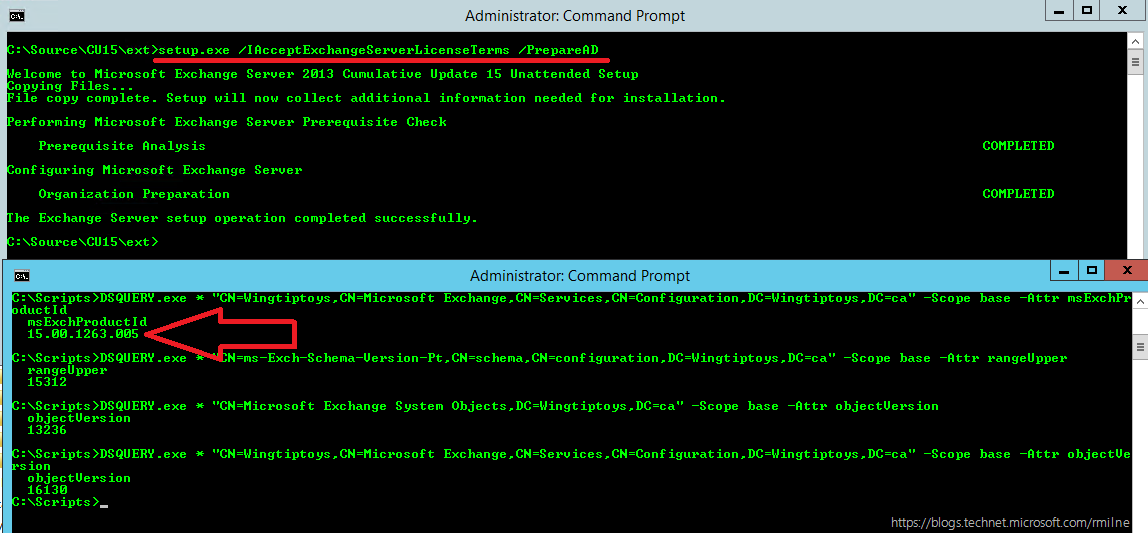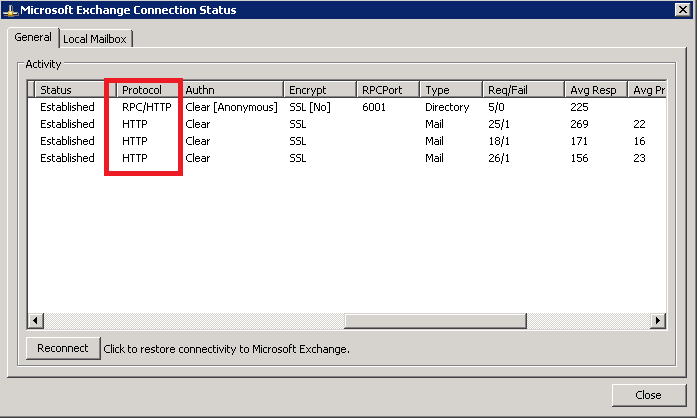Exchange Message Tracking Log Examples
The below post was promoted from the draft bin due to a recent customer engagements. Exchange admins have grown very used to the message tracking UI tools that have shipped with the previous Exchange builds. This is completely understandable since they are required to investigate and resolve numerous issues. There may be a question of did Steve in accounting get that email last week, or why are… Read the rest “Exchange Message Tracking Log Examples”




